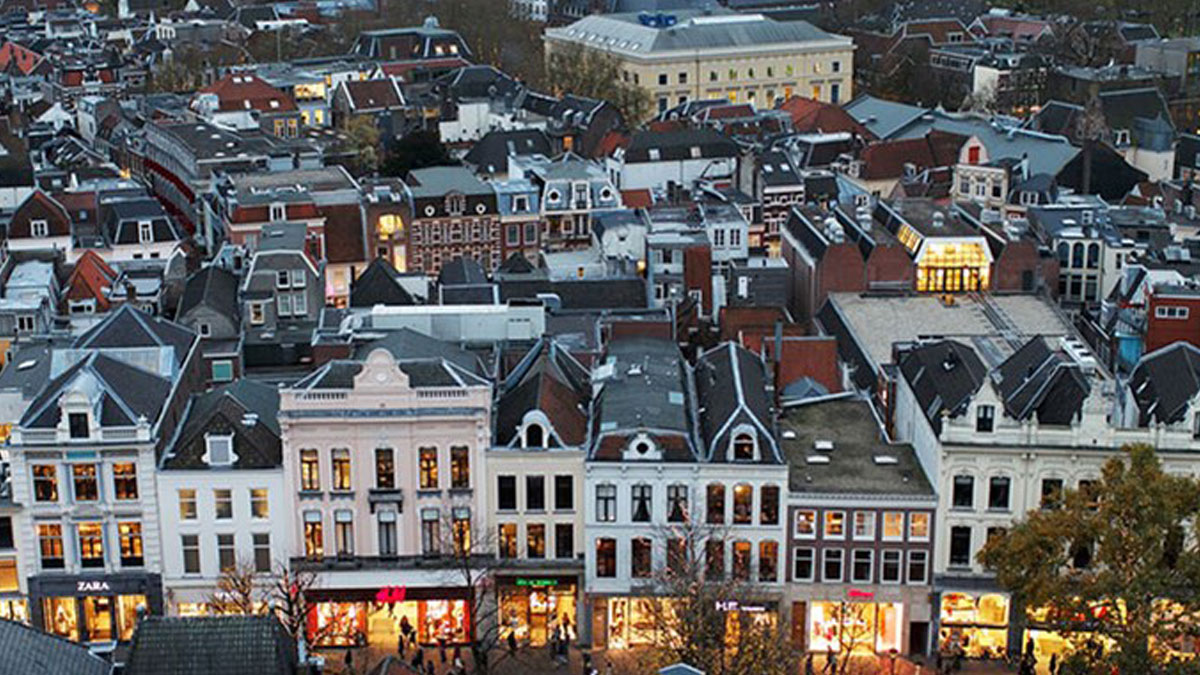ING helps develop standard for valuing sustainable offices
ING Real Estate Finance is working with the ten largest appraisal offices in the Netherlands to develop a new model to value the sustainability of offices. The ambition is for this so-called Sustainability Valuation Model to become the standard that all parties in the market will use.
This model creates a more objective, more transparent and more consistent valuation of the sustainability of a property. Now, market parties still use different methods. The introduction of a standard appraisal model will help make real estate more sustainable.

It must be possible to assess sustainability
Back in 2017, ING worked with the University of Maastricht to show that a sustainable office building is worth 9% more and generates 10% higher rent.
“Proving that a more sustainable office building is worth more is good motivation for property owners to invest in sustainability. But then it must be possible to value that sustainable value component,” says Peter Göbel, director of ING Real Estate Finance.
“An inventory of the ten largest appraisers of commercial real estate in the Netherlands showed that everyone uses a different method for this. That often actually amounts to merely noting the sustainable aspects without attaching a value to it, which is difficult to do because there is no standard. Plus, a lot of information is often missing, since valuations are tailored to the wishes of the client. All market parties would benefit from a good and generally accepted standard appraisal method, because that will help with a transparent and more consistent valuation.”
Workable standard for the entire market
So ING, in collaboration with Cushman & Wakefield, one of the largest appraisal offices, has developed a model that appraisers can easily work with based on characteristics that can be objectively assessed and observed.
The Sustainability Valuation Model consists of 19 objective sustainability indicators, with associated scores and weighting. A pilot is now underway in which the ten largest valuation agencies each perform five valuations according to the new model, in order to collect feedback on this basis to help determine the final standard. These appraisals are expected by June at the latest.
"Based on the positive response so far, we think the model can be made definitive shortly thereafter," Peter expects. "For the time being, this is an appraisal model for office buildings, but once this phase has been completed, the model will be further developed for appraisals of shops, business premises and homes."
Broad support
In order to create support for the new model and to receive feedback from the market, ING spoke with (board) members of the Dutch Real Estate Appraisers Register, the Dutch Association of Estate Agents and Appraisers and the Royal Institute of Chartered Surveyors and the Dutch Green Building Council (DGBC).
Through the Dutch Banking Association, ING will inform the other Dutch banks and share the Sustainability Valuation Model and underlying methodology when it’s ready. So far, the reactions have been positive and SBR Nexus has incorporated the model into the real estate taxonomy, which is the basis for the exchange of data about real estate. This guarantees a consistent recording of sustainability indicators.
In recent years, ING has taken various initiatives to support and motivate property owners to become more sustainable, such as offering a free sustainability app, building scans and offering an energy robot. But also by deciding not to provide clients with non-sustainable office buildings with (re)financing.
Making real estate more sustainable has a lot of influence on the objectives for CO2 reduction, because 40% of emissions in the Netherlands are accounted for by buildings.


